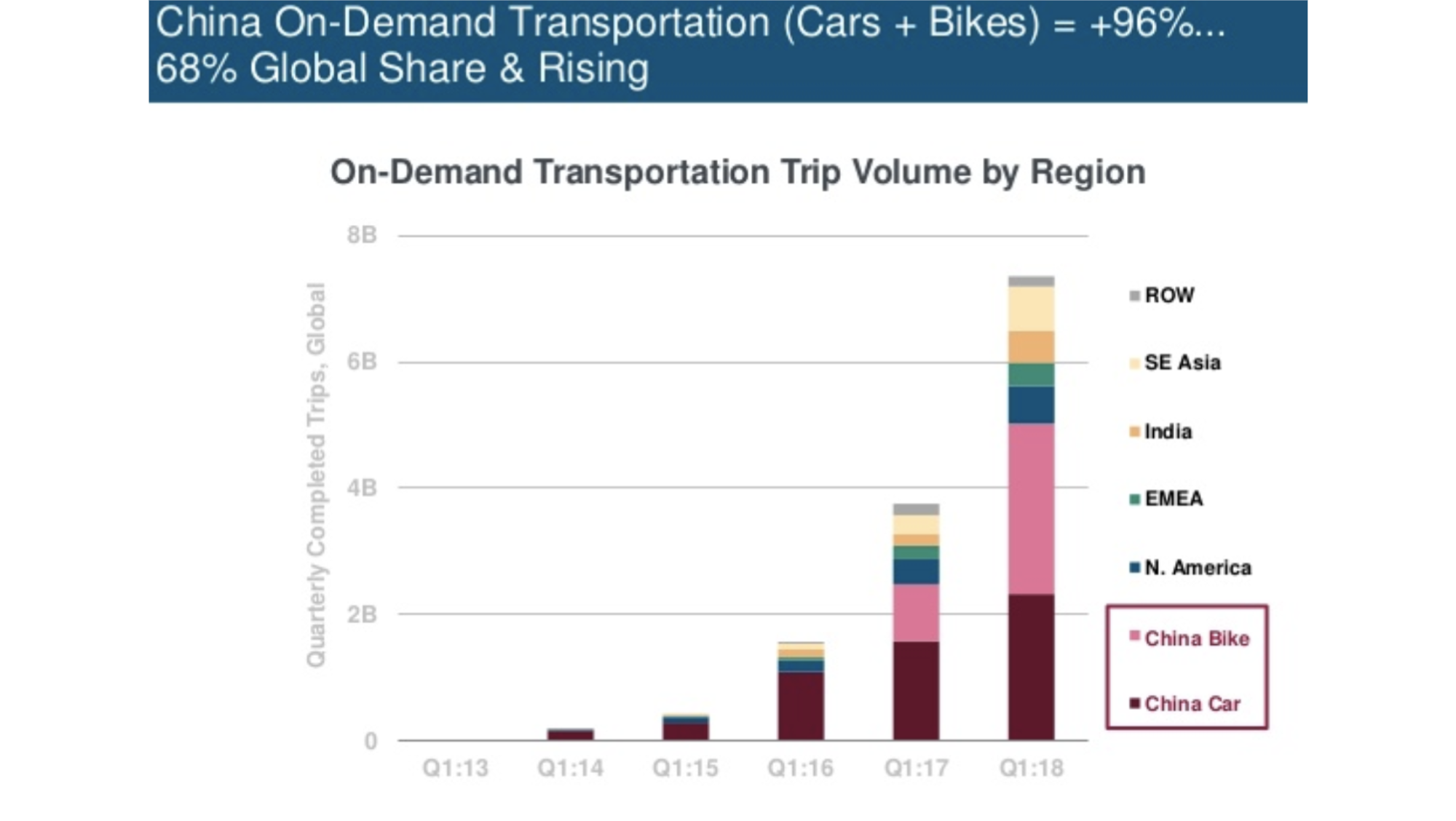Makula Dunbar
Contributor
More posts by this contributor
Editor’s note: This post was done in partnership with Wirecutter. When readers choose to buy Wirecutter’s independently chosen editorial picks, Wirecutter and TechCrunch may earn affiliate commissions. Read Wirecutter’s continuously updated list of deals here.
Amazon Prime Day this year, despite its slow start, broke records and boosted the fortunes of its competitors. And now that it’s over, we found some deals you can still take advantage of.

Asus ROG Swift PG279Q 27 Inch
Street Price: $740; Deal Price: $690
A new low price on our gaming monitor pick for Nvidia graphics card users. While it only beats our previous low by a few bucks, this monitor has been stubborn about sticking to $740.
The Asus ROG Swift PG279Q 27 Inch is our G-Sync pick in our guide to the best gaming monitors. David Murphy wrote, “Our pick had the best contrast ratio and lowest measured black levels among our finalists, which helps bring out detail in movies and games; it has all the input connections you need, as well as a built-in USB 3.0 hub; and it’s incredibly adjustable.”

AmazonBasics High-Speed HDMI Cable (15 foot)
Street Price: $11; Deal Price: $7
At $7 for a 15 foot cable, this is a new low price. We haven’t seen any discount for this particular size since 2017 and the street price typically sticks to $11.
The AmazonBasics High-Speed HDMI Cable is the top pick in our guide to cheap, great HDMI cables. “The AmazonBasics High-Speed HDMI Cable is a no-frills HDMI cable, but with HDMI, frills aren’t necessary,” Geoffrey Morrison wrote. “The cable is sturdily built and works with any video signal of today (and probably ones into the near future). Both the 3- and 15-foot lengths passed all our tests, including HDR tests.”

DJI Spark Fly More Combo
Street Price: $550; Deal Price: $500
Down to $500 in all available colors, this is a solid drop from a typical price of $550 for the DJI Spark Fly More Combo, a bundle that includes the Spark, controller, extra battery and other accessories.
The DJI Spark is our entry-level pick for drone photography in our guide to the best drones. “If all you want is something to capture aerial footage on occasion for personal use and social-media sharing, you can save several hundred dollars by getting the DJI Spark,” Mike Perlman wrote. “Despite weighing half as much as the Mavic and folding up to about the size of your hand, it has all the important features you need from a video drone: 1080p video recording, image and flight stabilization, collision-avoidance technology and an included controller, and smart-flight modes like ActiveTrack (tracks and follows a subject) and gesture controls all come standard.”

Lutron Caséta (2 of our top in-wall wireless light switch and dimmer pick + control hub + 2 remotes)
Street Price: $160; Deal Price: $120
If you’re looking for a Lutron Caséta starter kit this is a good deal on one that includes two switches, one bridge and two remotes. Usually priced at $160, the price drops to $120 at checkout, this matches the lowest price we’ve seen.
The Lutron Caséta Wireless In-Wall Dimmer and the Lutron Caséta Smart Bridge are the top picks in our guide to the best in-wall wireless light switch and dimmer. Rachel Cericola wrote, “After spending more than 30 hours swapping out switches, flipping switches, programming timers, and talking to experts, we’ve decided that the Lutron Caséta Wireless In-Wall Dimmer is the best wireless in-wall dimmer switch for most people. It’s phase-adaptive, so it can work with any lighting load; it’s the easiest to physically install; and like the other eight units we tested, it features straightforward remote control and scheduling.”

Philips Hue White A19 4-Pack 60W
Street Price: $50; Deal Price: $40
For those of you who want a set of smart LED light bulbs but don’t want or need the added price for color, a 4-pack of 60W Philips Hue bulbs is an excellent deal matching the previous lowest price on the white variant of our top pick for best smart LED light bulbs.
“Setting up Hue lights requires a few simple steps, much like any other smart-home device. The gateway connects to your home router or network switch via a wired Ethernet port,” Grant Clauser wrote. “This connects the system to your network and allows you to control the lights with a smartphone or tablet connected wirelessly to the same network.”

Q Acoustics 3020
Street Price: $270; Deal Price: $243
At $243 from a street price of $270, this is the lowest price we’ve seen for a pair of Q Acoustics 3020 in either the American Walnut finish or graphite color. These colors are typically priced lower than the black and white colors, but if you absolutely must have either of those, they are also down to the lowest price we’ve seen at $289 from $320.
The Q Acoustics 3020 is the top pick in our guide to the best bookshelf speakers for most stereos. “The Q Acoustics 3020 pair reproduces music of all genres with great detail and clarity on a wide soundstage. Despite each speaker’s compact size, the set delivers both strong bass and accurate vocals,” Chris Heinonen wrote. “These speakers are efficient, too, which means they can play louder with less-powerful receivers and amplifiers. The compact, rounded-corner design comes in four finishes to help this set fit in with a wider variety of decors.”

Roku Streaming Stick
Street Price: $45; Deal Price: $35
Recently we’ve been seeing a lot of price fluctuations between $40 and $50, so it’s nice to see this media streaming device down to a new low price of $35. Prior to this deal the best price we’ve seen is $39.
The Roku Streaming Stick is the runner-up pick (if you don’t need 4K) in our guide to the best media streaming devices. Chris Heinonen wrote, “If you don’t need to stream UltraHD 4K content, the Roku Streaming Stick is the best option available today. It is almost identical to the Streaming Stick+, but supports only 1080p resolution and doesn’t have the external Wi-Fi antenna. If you know you aren’t going to get a 4K TV in the future, or are just looking to upgrade an existing 1080p TV or projector, it offers the same content selection, search, and performance of our main pick.”

Fujifilm X-T2
Street Price: $1500; Deal Price: $1,100
The high-end Fujifilm camera we recommend is down to a new low price of $1,100 from a street price of $1,500. The deal is for the black color and only the body without a lens. Prior to this sale the lowest price we’ve seen is $1,400, although there were some deals around Black Friday for the camera with a lens.
The Fujifilm X-T2 is the top pick for experienced shooters and pros in our guide to the best Fujifilm cameras. Amadou Diallo wrote, “The Fujifilm X-T2 represents a significant investment into your photography, and that’s before you even consider adding any of Fujifilm’s well-regarded lenses. But its sensor outperforms what you get in many DSLRs, providing impressively detailed images in even very dark lighting conditions.”

ChargeTech Portable Power Outlet
Street Price: $190; Deal Price: $130 w/ code AMUZISNW
Use the code AMUZISNW to get this price. It’s the lowest price we’ve seen so far, and only $8 more than our top pick, but with 30 percent more mAh/charge.
The ChargeTech Portable Power Outlet is our runner-up pick for laptop charging in our guide to the best portable AC battery pack. “If our top pick is unavailable or you need a little more power to keep a larger laptop going, get the ChargeTech Portable Power Outlet,” Mark Smirniotis wrote. “It has the same 85 W output as the Jackery PowerBar, so it can power the same types of laptops and electronics, but with an extra 25 percent capacity, this ChargeTech model will last a bit longer—handy if you’re frequently on long-haul flights or working in the field.”

littleBits Rule Your Room Kit
Street Price: $80; Deal Price: $40
Down to $40 when typically it’s priced around $85, this is an all-time low price for this electronics kit. Prior to this deal the lowest price we’ve seen is $56. We doubt this deal will last more than a few days, at most, so don’t wait — grab it at this low price if you know a would-be inventor.
The littleBits Rule Your Room Kit is the upgrade pick in our guide to the best electronics kits for kids and beginners. “Kids can create a piggy-bank alarm, a catapult, or an invention of their own using modular pieces that snap together magnetically. Each project takes more time and produces a more satisfying, practical device than those in the other kits we tested,” Signe Brewster wrote. “The Rule Your Room Kit comes with the fewest pieces and sample projects among our field of competitors, but because littleBits encourages the incorporation of everyday items into the projects, the kit feels like it offers more possibilities than other kits of similar size.”

Acton Blink Lite
Street Price: $225; Deal Price: $200
Back down to $200, this is a nice deal on this recommended electric skateboard. The Acton Blink Lite is our budget pick for lighter riders in our guide to the best electric skateboard. If you’re a sub-180-pound rider who isn’t looking to spend a ton, this is a good opportunity to save some cash. While the street price has dropped in recent months, it’s still a solid discount.
“The Acton Blink Lite may not be the most powerful board around, but it’s a phenomenal value considering its price, and it would be a good gift for the young skater in your life,” Jack Smith wrote. “But despite the lack in power, we found riding the Blink Lite to be a blast, largely due to its nimble mini-cruiser design and small size. It’s also significantly cheaper than most other boards available.”
Because great deals don’t just happen on Prime Day, sign up for our daily deals email and we’ll send you the best deals we find every weekday. Also, deals change all the time, and some of these may have expired. To see an updated list of current deals, please go here.

Source: Tech Crunch
























